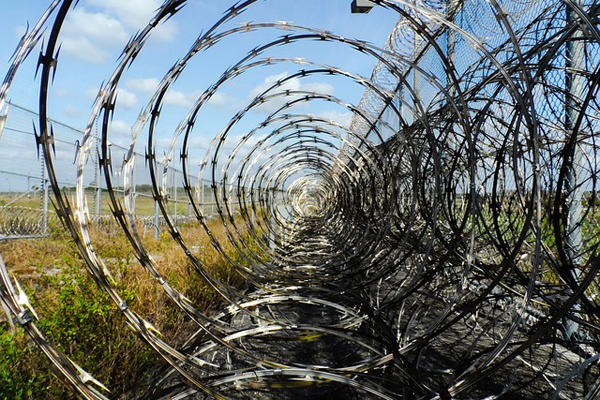- La Feria Community Holds Succesful Business Mixer Event
- Little Nashville to Take Place in Downtown Mercedes
- Lions Basketball Captures District Gold
- La Feria ISD Students Compete in Regional Chess Tournament
- Lions End First Half of 32-4A on a High Note
- La Feria ISD Held Another Successful Parent Conference
- Strong Appearance for Lions at Hidalgo Power Meet
- LFECHS Students Get to Meet Local Actress
- Students Participate in Marine Biology Camp
- Two LFECHS Students Qualify for All-State Band
Study: Number of Women Grows in Texas Prison System
- Updated: January 26, 2018

The number of women incarcerated in Texas has grown 10 percent since 2009. Photo: jodylehigh/Pixabay
by Mark Richardson
HUNTSVILLE, Texas – Prison populations are dropping in most states, but a new study finds the number of incarcerated women isn’t falling as fast as it is for men.
And in Texas, it’s actually growing.
Nationally, the total prison population peaked around 2009. The study, by the Prison Policy Initiative, shows most states have made progress in reducing their overall prison populations in the past ten years.
But incarceration rates for women have stayed about the same. According to report author Wendy Sawyer, senior policy analyst for the Prison Policy Initiative, one reason may be that women in prison may receive harsher punishments for rule violations than men for similar infractions, extending their sentences.
“When three-quarters have mental health problems and then, three-quarters of those have substance use disorders, and two-thirds of them have a history of physical or sexual abuse,” says Sawyer, “You’re talking about a population that really needs a lot of treatment and of services – more than they need punishment.”
The report shows between 2009 and 2015, the number of women in the Texas prison population increased by 10 percent, or about 1,100, while the number of men decreased by 4 percent.
Women make up a relatively small percentage of the prison population, but since 1978, their numbers have increased at twice the rate of men. And Sawyer says the impact of incarceration can be much more severe on women.
“Women in state prisons are more likely to be primary caretakers of children,” says Sawyer. “They already are starting out with more economic difficulties, so it may have an even greater effect of marginalization on those women and their families.”
The report recommends increasing use of diversion strategies, decriminalizing offenses that don’t threaten public safety, and increasing funding for indigent defense as ways to reduce incarceration rates.
Sawyer points out that ignoring trends in women’s prisons works against efforts to lower prison populations.
“If they’re seeing success overall, that may actually be happening just among the men’s population. Meanwhile, the women’s population continues to grow, just unnoticed,” she says.
She believes developing alternatives to incarceration that are less harmful to women should be a priority in every state.


